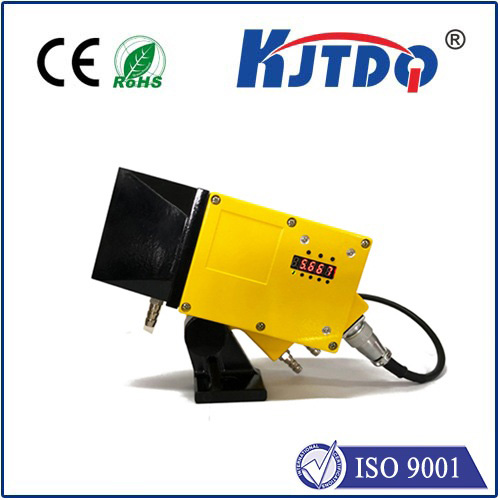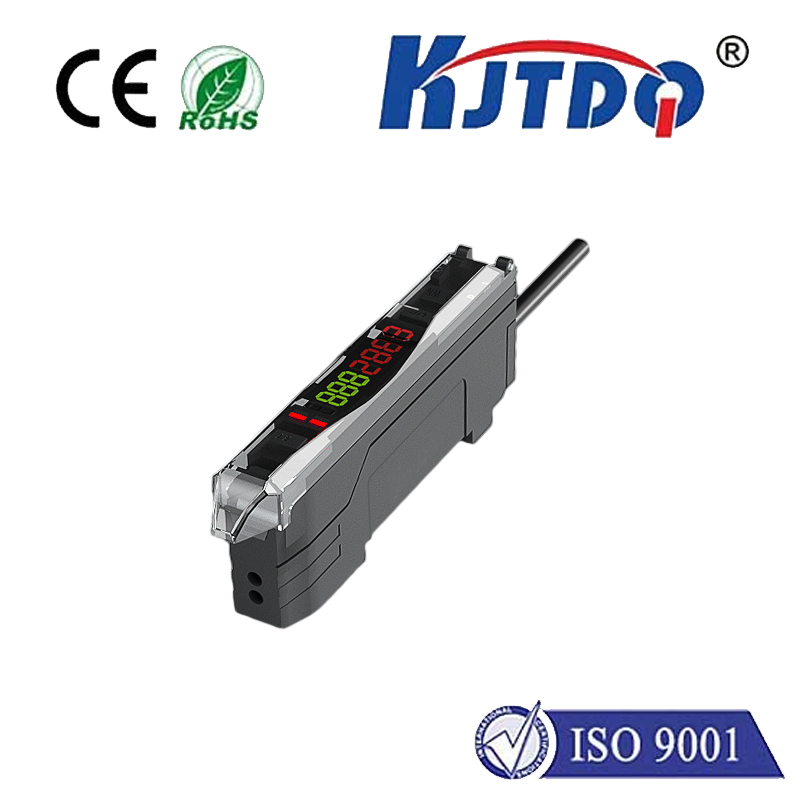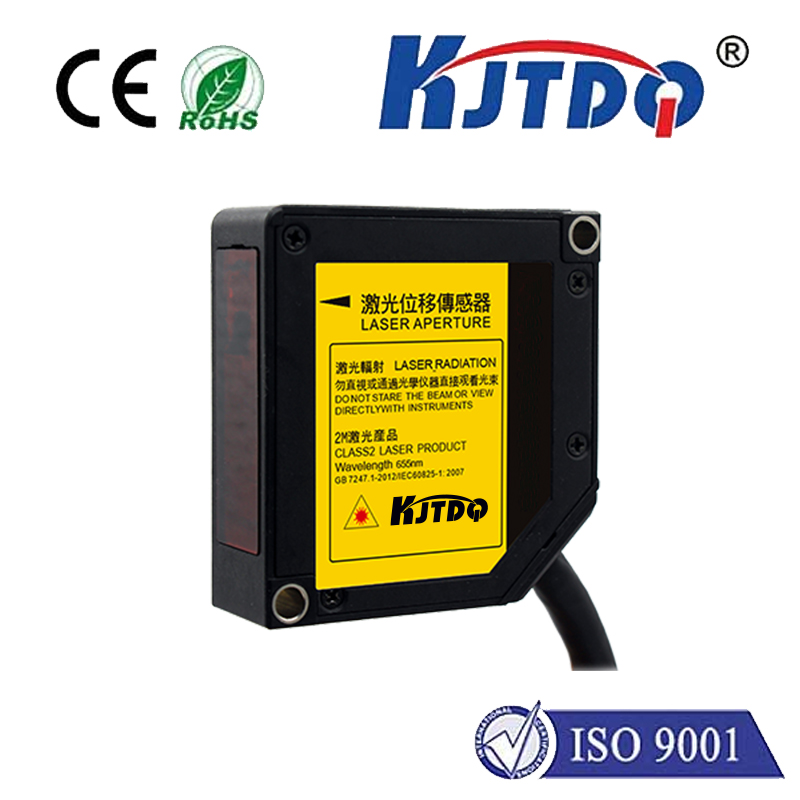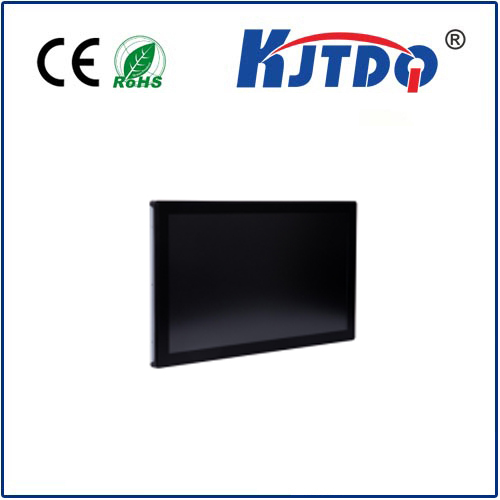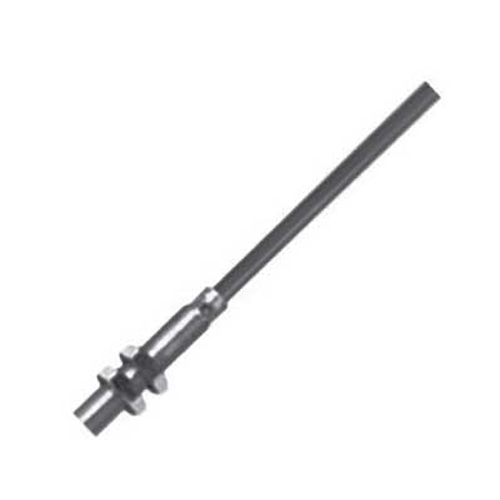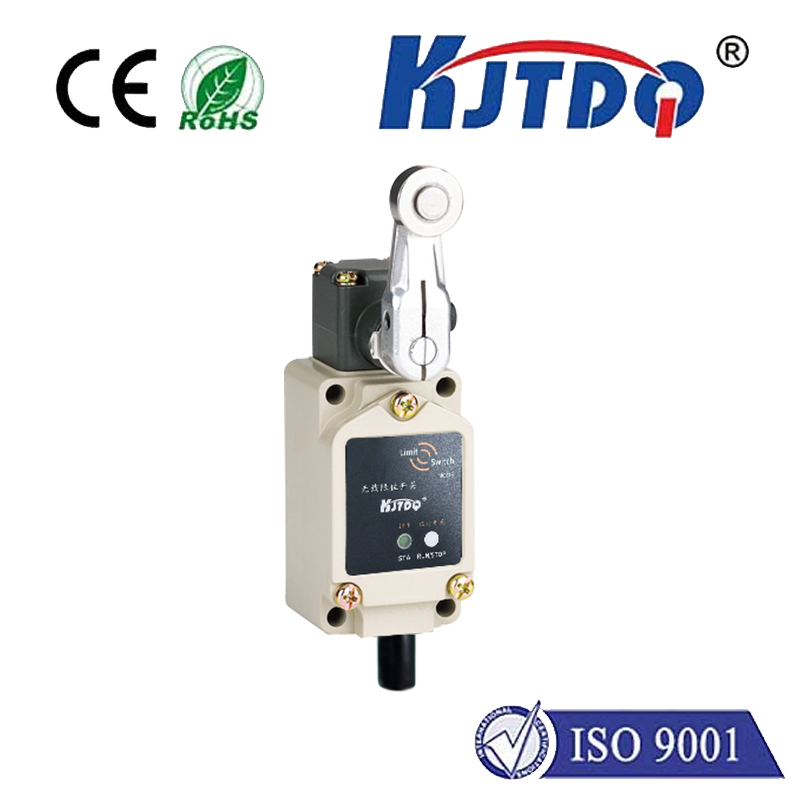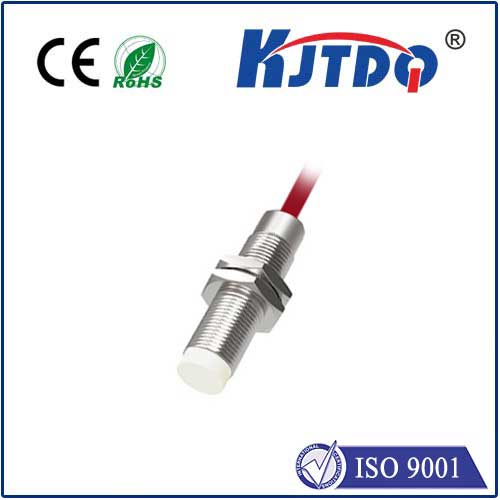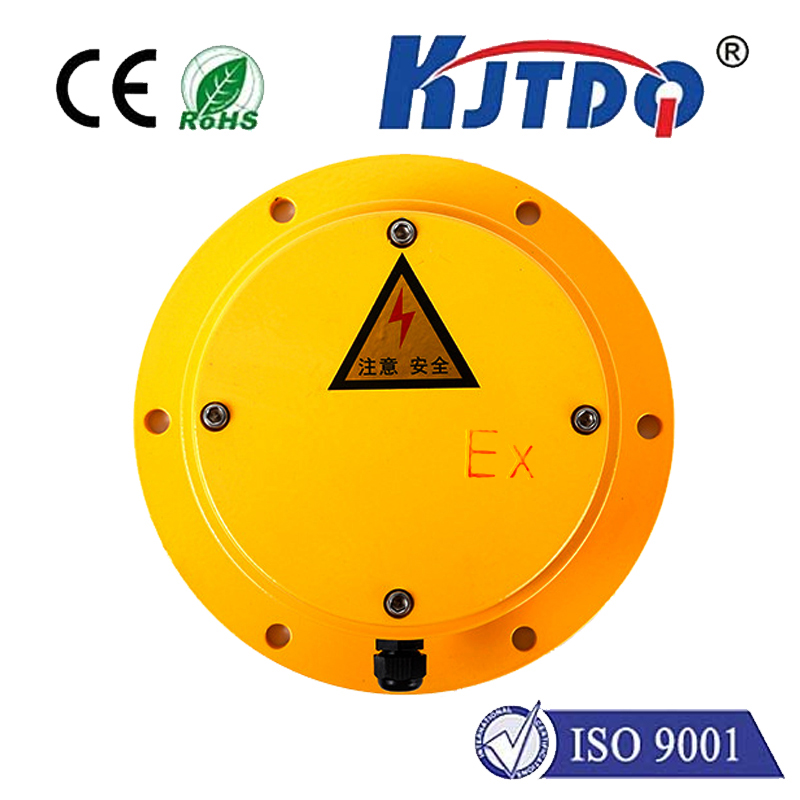proximity sensor m30
- time:2025-07-16 08:06:38
- Click:0
Unlocking Precision: The Essential Guide to M30 Proximity Sensors in Industrial Automation
Machines halting unexpectedly, misaligned parts causing jams, production sequences gone awry – often, the unseen culprit lies in unreliable object detection. This is where the proximity sensor M30 emerges as a critical, unsung hero on the factory floor. Designed for durability, precision, and seamless integration, the M30 variant represents a cornerstone technology in countless industrial sensing applications.
What Exactly is an M30 Proximity Sensor?
At its core, an M30 proximity sensor is a specific physical size classification within the broader family of non-contact inductive proximity sensors. The “30” refers to the sensor’s barrel diameter – 30 millimeters. These cylindrical sensors are engineered to detect the presence or absence of metallic objects (typically ferrous metals like steel or iron, and often non-ferrous metals like aluminum or brass, depending on the type) without any physical contact. This fundamental characteristic makes them exceptionally reliable, virtually immune to wear and tear, and ideal for harsh environments where traditional mechanical switches would quickly fail.
The Core Principle: Inductive Sensing Simplified
Understanding how an M30 sensor works demystifies its magic. Internally, it contains a coil wound around a ferrite core, which generates a high-frequency oscillating electromagnetic field at its sensing face. When a metallic target enters this field, eddy currents are induced within the metal. These eddy currents create an opposing field that dampens the oscillation of the sensor’s internal coil. The onboard electronics meticulously monitor this amplitude change. Once the damping effect reaches a predetermined threshold, the sensor’s output state flips – typically switching from OFF to ON (or vice-versa), sending a clear signal to the programmable logic controller (PLC) or other control system that an object is present. This entire process happens instantaneously and without contact.
Why the M30 Size Reigns Supreme: Key Advantages
The M30’s specific dimensions aren’t arbitrary; they strike an optimal balance offering significant benefits:
- Robustness & Durability: The larger barrel diameter provides a sturdy housing, commonly featuring stainless steel (V2A / 304 or V4A / 316) or nickel-plated brass. This grants exceptional resistance to impacts, vibrations, and harsh chemicals prevalent in industrial settings.
- High Environmental Protection: M30 sensors typically boast high Ingress Protection ratings, frequently achieving IP67 (dust-tight and protected against temporary immersion) or IP69K (protected against high-pressure, high-temperature water jets). This makes them suitable for demanding environments, including washdown areas in food & beverage or agriculture.
- Extended Sensing Ranges: Compared to smaller sensors (like M12 or M18), the larger size allows for larger coils and stronger electromagnetic fields. This translates into longer nominal sensing ranges (Sn). Common ranges for an inductive proximity sensor M30 are 10mm, 15mm, or even 20mm for mild steel targets. This extra reach provides flexibility in mounting and can simplify machine design.
- Versatility in Mounting: The M30 standard defines not just diameter but also mounting styles. The ubiquitous flush-mountable version allows seamless installation into metal mounting brackets without losing sensing range. Non-flush models offer slightly longer ranges but require clear space around the sensor head. Threading is typically M30x1.5, making them compatible with a vast range of industrial mounting nuts and accessories.
- Variety of Outputs & Wiring: M30 proximity sensors are available with diverse electronic outputs to suit control systems: NPN (Sinking), PNP (Sourcing), Normally Open (NO), or Normally Closed (NC) configurations, covering AC/DC voltages (commonly 10-30V DC or 20-250V AC). Connection options include pre-wired cables (with PUR or PVC jackets) or quick-disconnect plugs (M12 connectors being popular for modular systems), ensuring easy installation and maintenance.
Where Does the Proximity Sensor M30 Shine? Applications Galore
The combination of strength, sensing capability, and reliability makes the M30 proximity sensor indispensable across a vast industrial landscape:
- Position Verification: Confirming parts are correctly seated in fixtures, hydraulic cylinders have fully extended/retracted (limit switching), or robot arms have reached their programmed position.
- Counting & Presence Detection: Tracking bottles on a conveyor, verifying parts enter a machining center, detecting pallet presence on an automated guided vehicle (AGV), or ensuring a metal component is in place before assembly starts.
- Speed Monitoring: Acting as a non-contact tachometer by detecting gear teeth or bolt heads passing by on a rotating shaft.
- Material Handling: Detecting the position of lifts, carriers, and grippers within automated storage and retrieval systems (AS/RS) or conveyor lines.
- Machine Tooling: Monitoring tool changers, verifying workpiece clamping, or protecting personnel during hazardous operations by detecting access doors are securely closed.
- Packaging Machinery: Ensuring cartons or bottles are present for filling, sealing, or labeling operations.
- Automotive Manufacturing: Ubiquitous on assembly lines for verifying component placement, robot arm positioning, and press safety interlocks.
Selecting the Right Proximity Sensor M30: Critical Considerations
Choosing the optimal M30 sensor involves more than just size:
- Target Material: Standard inductive sensors excel with ferrous steel. For reliable detection of non-ferrous metals like aluminum, copper, or brass, specific “non-ferrous” or “all-metal” inductive variants are essential. Capacitive sensors (also available in M30 housing) are used for non-metallic targets.
- Required Sensing Range (Sn): Always select a sensor where the nominal range (specified for mild steel) comfortably exceeds your actual application gap. Consider temperature effects and build tolerances. Operate within 80% of Sn for best reliability.
- Environmental Factors: Assess exposure to chemicals, oils, coolants, washdown pressures/temperatures, and potential impacts. Choose appropriate housing material (stainless steel V4A/316L for high corrosion resistance) and IP rating. For extreme temperatures, sensors with wider operating ranges (-40°C to +85°C or higher) are available.
- Output Type & Voltage: Ensure compatibility with the control system’s input requirements (NPN/PNP, NO/NC) and operating voltage.
- Mounting & Connection: Decide between flush or non-flush mounting based on the application and available space. Choose pre-wired cable length/type or connector style for easy integration.
- Special Features: Consider shielded (flush-mountable) vs. unshielded (longer range but sensitive to surrounding metal), high-temperature variants, or sensors designed for specific industry approvals (e.g., food-grade).
The M30 proximity sensor is far more than just a simple metal detector; it’s a robust, intelligent component forming the bedrock of reliable automation. Its blend of standardized size, significant sensing range, industrial-grade construction, and versatile connectivity options ensures it continues to be a preferred choice for engineers and technicians demanding precision, durability, and dependable operation in the most challenging environments. When consistent, non-contact detection of metal objects is paramount, the proximity sensor M30 delivers the performance needed to keep modern manufacturing running smoothly and efficiently.












